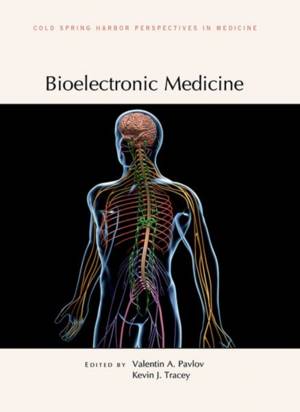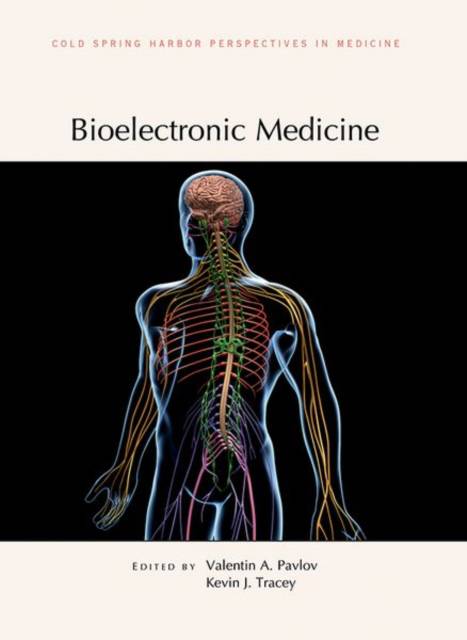
- Retrait gratuit dans votre magasin Club
- 7.000.000 titres dans notre catalogue
- Payer en toute sécurité
- Toujours un magasin près de chez vous
- Retrait gratuit dans votre magasin Club
- 7.000.000 titres dans notre catalogue
- Payer en toute sécurité
- Toujours un magasin près de chez vous
123,95 €
+ 247 points
Description
Every organ in the human body is innervated by the nervous system and communicates with the brain via electrical signals. Various devices can be used to modulate these electrical signals and elicit changes in organ function with the aim of treating injury or disease. This approach is the basis of the rapidly emerging field of bioelectronic medicine, which has the potential to diagnose and treat medical conditions more precisely and effectively than ever before. Written and edited by experts in the field, this collection from Cold Spring Harbor Perspectives in Medicine covers many aspects of bioelectronic medicine, examining the neuronal pathways that are being targeted for manipulation, the electronic neuromodulation devices that are under development, and how all of this work is leading to new diagnostics and treatment options for patients. The contributors discuss how the stimulation of specific nerves (e.g., the vagus nerve) has been successfully used to treat certain conditions (e.g., rheumatoid arthritis and Crohn's disease) and how similar strategies are being investigated as therapeutics for a multitude of gastrointestinal, cardiovascular, respiratory, and renal disorders. They consider implantable devices, magnetoelectric nanoparticles, ultrasound, optogenetic-based approaches, and electrophotonic devices as tools for acquiring, decoding, and modulating electrical signals from nerves and how they might be used to monitor and treat patients in the clinic. The authors also discuss the ethical concerns related to the use of technologies such as these that can alter the brain. The volume is therefore an indispensable reference for neuroscientists, biomedical engineers, and physicians interested in the benefits and challenges of recording, stimulating, and blocking electrical activity in the human body.
Spécifications
Parties prenantes
- Auteur(s) :
- Editeur:
Contenu
- Nombre de pages :
- 356
- Langue:
- Anglais
- Collection :
Caractéristiques
- EAN:
- 9781621823025
- Date de parution :
- 31-07-19
- Format:
- Livre relié
- Format numérique:
- Genaaid
- Dimensions :
- 178 mm x 251 mm
- Poids :
- 929 g







